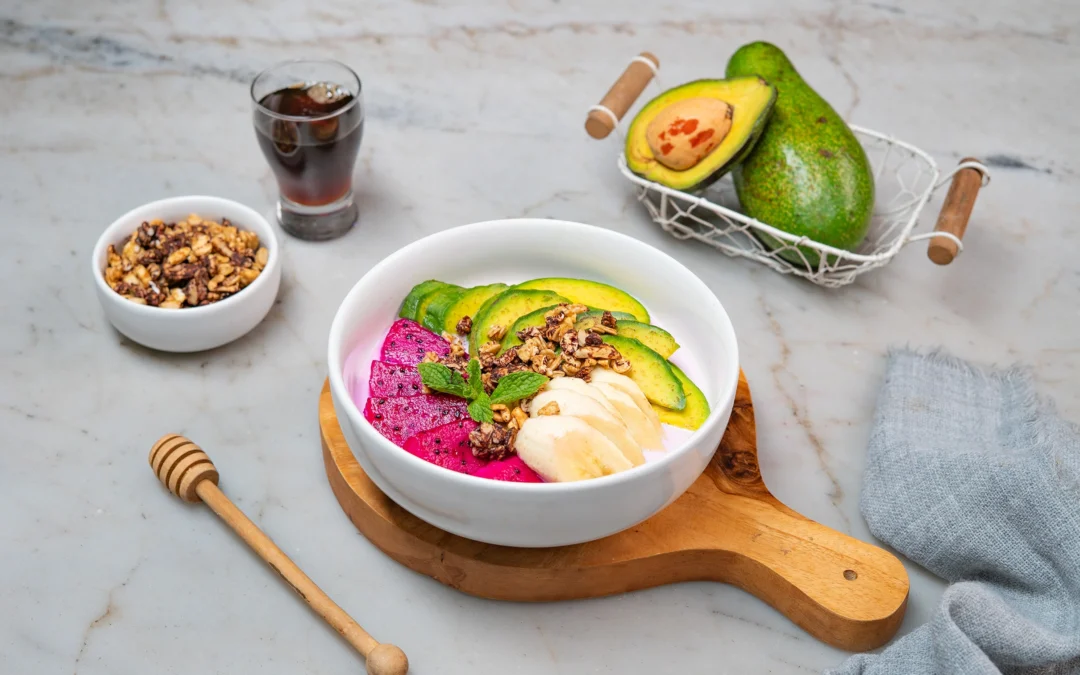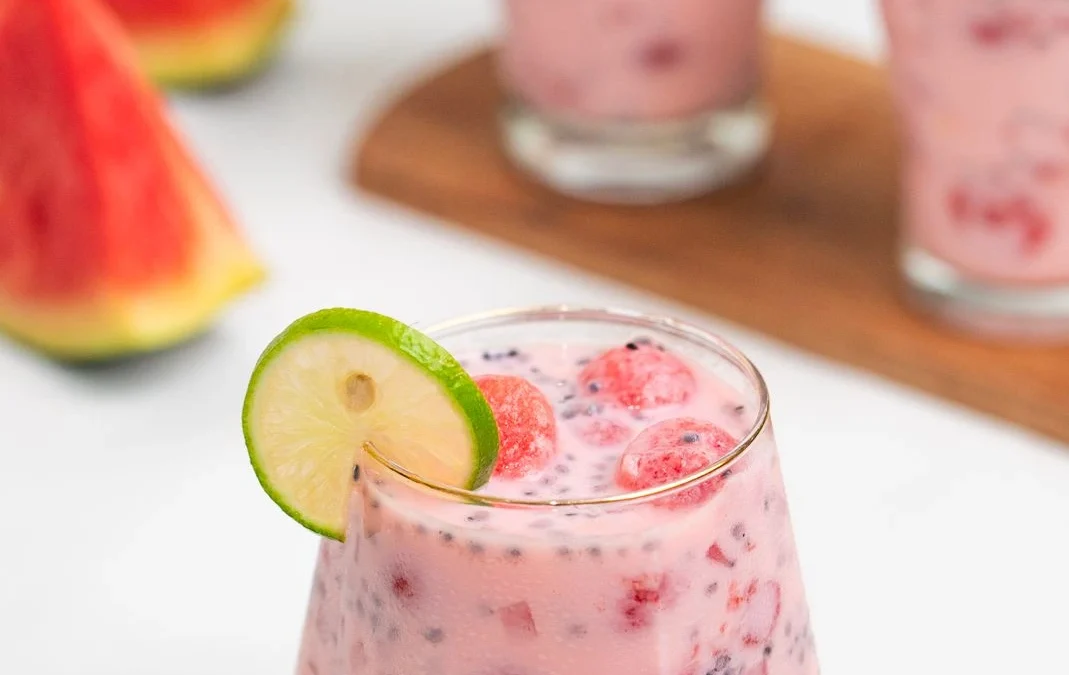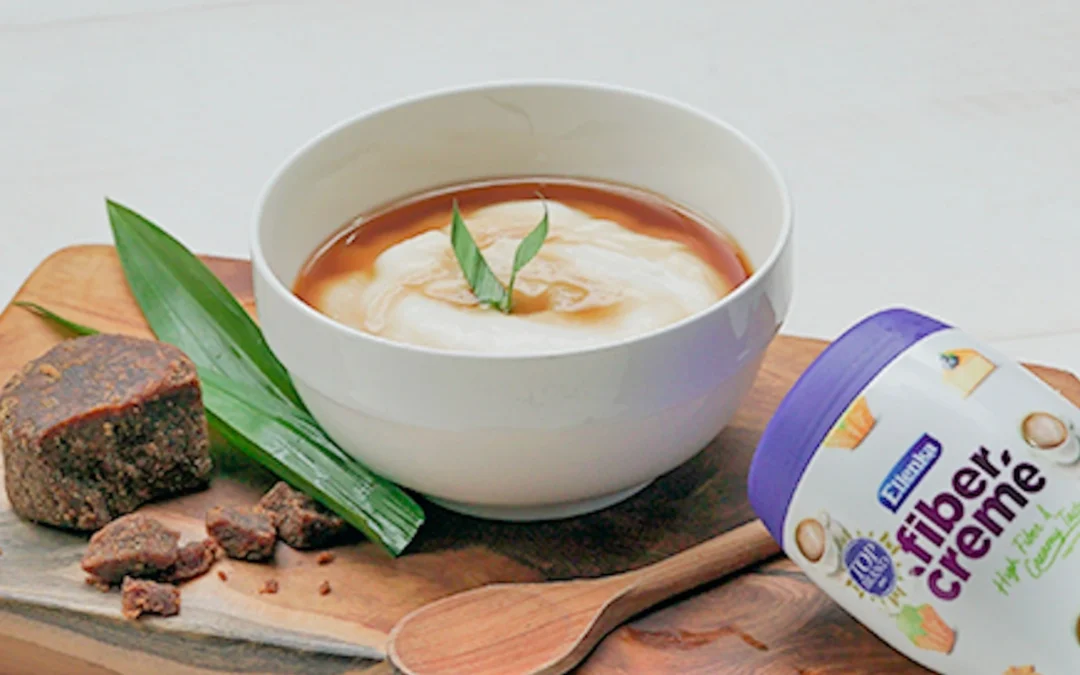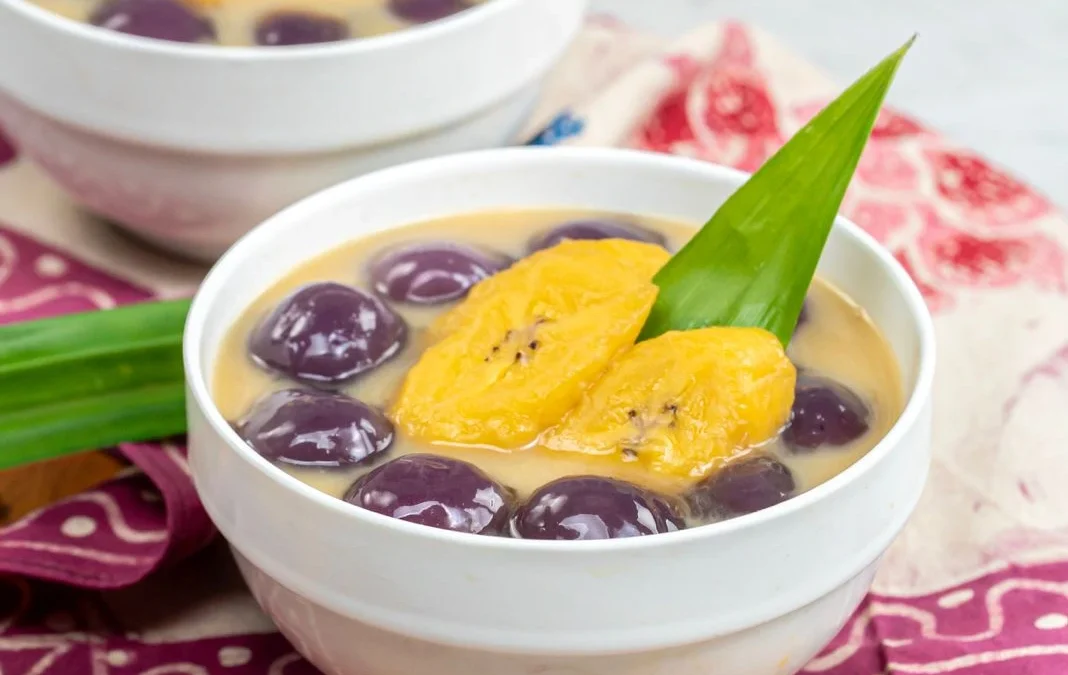 Indonesia has many unique traditions that usually emerge during specific moments in the cultural and religious calendar. When the 1st of Muharram arrives, also known as the Islamic New Year, one distinctive tradition found among the Javanese people is the serving of bubur suro. If you don’t live in Java or just simply want to know more about the food, Minchef’s got you covered! Find out interesting facts about this dish in the following article.
Indonesia has many unique traditions that usually emerge during specific moments in the cultural and religious calendar. When the 1st of Muharram arrives, also known as the Islamic New Year, one distinctive tradition found among the Javanese people is the serving of bubur suro. If you don’t live in Java or just simply want to know more about the food, Minchef’s got you covered! Find out interesting facts about this dish in the following article.
What Is Bubur Suro?
Although the name may sound simple, bubur suro holds deep symbolic meaning and cultural values that are still preserved to this day. Bubur suro is a type of savory rice porridge specially prepared to welcome the arrival of the month of Suro in the Javanese calendar, which coincides with the month of Muharram in the Islamic (Hijri) calendar. This porridge is typically served on the eve of 1 Suro and is believed to hold symbolic meaning as a form of gratitude and a prayer for safety in the new year.
Bubur suro is made using a specific combination of ingredients and is served with various accompaniments. Many believe that eating and sharing bubur suro with neighbors and relatives strengthens social bonds and serves as an expression of thankfulness to God.
Origin and History
The tradition of bubur suro originates from Javanese culture, which blends Islamic spiritual elements with local wisdom. Since the era of the Islamic Mataram Kingdom, the Javanese have practiced various rituals tied to the Hijri calendar, including commemorating the night of 1 Suro, which is regarded as a time for self-reflection and prayer.
In the past, bubur suro was often prepared as part of a selamatan or kenduri, communal gatherings to pray for safety and protection throughout the year. Over time, this tradition has been preserved and is now a part of the cultural identity of the Javanese people, reflecting their religious devotion while honoring tradition.
Philosophical Meaning
Bubur suro carries deep philosophical significance. It usually consists of white rice porridge seasoned with traditional spices and served with a variety of side dishes such as boiled eggs, shredded meat floss (abon), fried soybeans, and toasted grated coconut (serundeng).
The white color of the porridge symbolizes purity and sincere intentions in welcoming the new year. The variety of side dishes represents hopes for abundance, good health, and safety. Every component of bubur suro is prepared with care and prayer, making it more than just a meal, it is a spiritual symbol and a vessel of good wishes.
Ingredients and How to Make It
 Making bubur suro is relatively simple but requires attention to ingredients and cooking techniques. Here’s a quick explanation on how the dish is made traditionally.
Making bubur suro is relatively simple but requires attention to ingredients and cooking techniques. Here’s a quick explanation on how the dish is made traditionally.
Ingredients:
- 1 cup of white rice
- 500 ml of coconut milk
- 2 bay leaves & 1 stalk of lemongrass
- A pinch of salt
- Water as needed
Toppings:
- Boiled eggs or marinated eggs
- Fried soybeans
- Beef or chicken floss
- Toasted grated coconut
- Sliced red chili and fried shallots for garnish
How to Cook:
- Rinse the rice thoroughly, then boil it with water until it reaches a porridge-like consistency.
- Once it starts to thicken, add the coconut milk, bay leaves, lemongrass, and salt. Stir gently.
- Cook over low heat, stirring frequently to prevent burning. This process may take around 30–45 minutes until the porridge is fully softened.
- Once cooked, serve the porridge in a bowl or plate.
- Add the desired toppings on top of the porridge before serving.
Read More: Celebrate 1 Muharram in a More Special Way with Traditional Islamic New Year Dishes
Delicious Bubur Suro Without Coconut Milk? Yes, You Can!
So, what is bubur suro? It’s more than just a savory porridge served with various toppings, it’s a cultural heritage dish that brings together prayers and hopeful wishes at the start of the Islamic New Year. Through this dish, we are reminded to share and strengthen bonds with others.
Due to this philosophy, you of course would expect everyone in your family to enjoy this dish together. But what if some can’t because of their fear of coconut milk? Let Minchef solve your problem: switch to FiberCreme! This multi-purpose ingredient has coconut milk-like creaminess of coconut milk, but with high fiber, low sugar, and 0mg of cholesterol. It also has low fat content which will help support your family’s healthy diet while still allowing them to indulge in traditional food like this bubur suro.
Now, if you’d like to make bubur suro at home but want a healthier and more practical version, you can use FiberCreme! This all-purpose powder works perfectly as a coconut milk substitute. It has a creamy texture, savory taste, and most importantly is high in fiber, low in sugar, and contains 0mg of cholesterol. It’s perfect for anyone who’s watching their diet but still wants to enjoy traditional dishes like bubur suro.
So, no need to worry if you want to make a healthier yet still delicious version of bubur suro. Let’s get creative in the kitchen with FiberCreme! Find more recipe inspirations on Instagram @FiberCreme_TV and check out a variety of exciting cooking ideas on the Ellenka YouTube channel.






0 Comments